#Geometroidea
Explore tagged Tumblr posts
Text
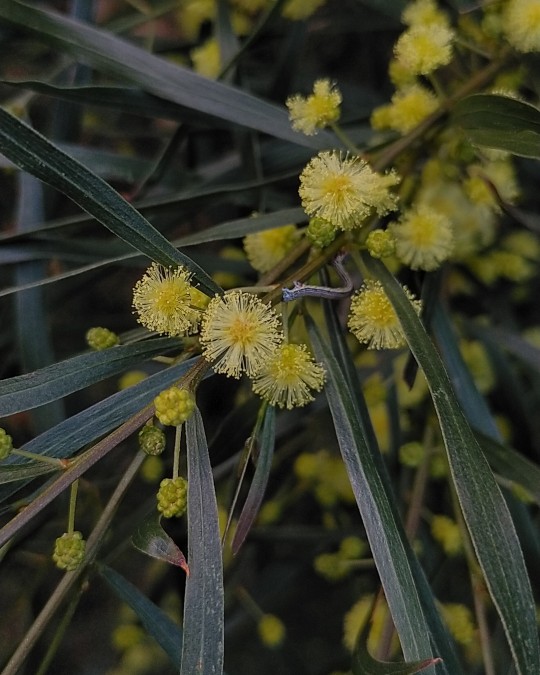
Acacia cognata with inchworm
05-SEP-2022
Melbourne, Vic
#australia#victoria#melbourne#flowers#australian natives#native flowers#inchworm#geometer moth#insect#bug#arthropod#arthropoda#insecta#lepidoptera#geometroidea#geometridae#moth#caterpillar#bower wattle#river wattle#narrow leaved bower wattle#rosids#fabales#fabaceae#caesalpinioideae#mimosoideae#acacia#acacia cognata#yellow flowers
2 notes
·
View notes
Text
I wondered why every time I see a cool moth it seems to be a geometer so I looked it up and uh. There are 23,000 described species of geometer moth?? So the cool ones always being geometrids checks out statistically I guess?? Man. I don’t know how lepidopteran taxonomists do it but that is Too Many. Twenty Three Thousands is too many species for a single family. That’s bonkers. Have y’all considered maybe elevating some of those subfamilies to families.
#the species distribution in Geometroidea is HYSTERICAL#there’s like ~700 uraniids 30 sematurids 30 epicopeiids 2 pseudobistonids#and TWENTY THREE FUCKING THOUSAND GEOMETRIDS#THAT’S LIKE THIRTEEN FUCKING PERCENT OF ALL OF LEPIDOPTERA#WHAT IS THIS!!!!!#im going to give everyone the benefit of the doubt and assume the phylogenetics are robust bc i don’t care enough to look it up#even so... man. no. that’s too many. it’s Too Many#ONE PERCENT OF ALL SPECIES OF EVERYTHING EVERYWHERE ARE IN FAMILY GEOMETRIDAE#laurelnose.txt
9 notes
·
View notes
Note
hi! just letting you know, i think you may have made a mistake on the Mania Lunus post, they are from the family Sematuridae, which are usually considered to be Geometroidea, not Saturniidae
You are absolutely right, thank you for pointing it out! I believe our brain mixed up sematuridae with saturniidae.
30 notes
·
View notes
Photo


Don’t mind me
Unidentified, Scopula genus
08/06/22
#Scopula#Unidentified#Scopulini#Sterrhinae#Geometridae#Geometroidea#Lepidoptera#moths#mothblr#mothcore#moths tw#moth#inchworms#Arthropods#Arthropoda#entomology#bugs#bugblr#bugs tw#insects#insecta#insectblr#insects tw#insect#nature#animals#life
180 notes
·
View notes
Photo

Piggy face moth (Comostola laesaria)
Photo by Steve & Alison1
#piggy face moth#comostola laesaria#comostola#hemitheini#geometrinae#geometridae#geometroidea#bombycina#cossina#ditrysia#heteroneura#lepidoptera#endopterygota#neoptera#pterygota#insecta#hexapoda#arthropoda#pancrustacea#panarthropoda#ecdysozoa
49 notes
·
View notes
Photo
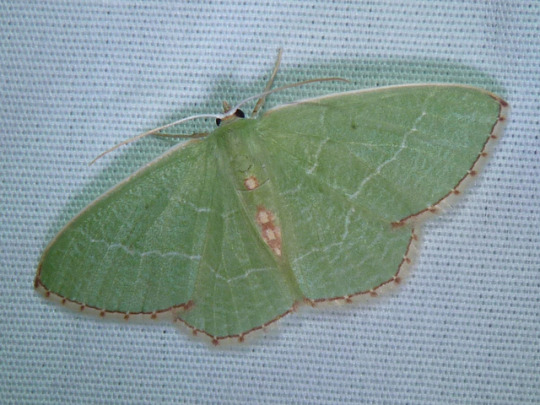
Red-bordered Emerald, Nemoria lixaria (by me)
#Red-bordered Emerald#Nemoria lixaria#Nemoria#Nemoriini#Geometrinae#Geometridae#Geometroidea#Lepidoptera#Insecta#Hexapoda#Arthropoda#insects#moth#summer#Dallenbach Lake#Middlesex County#New Jersey#mine
18 notes
·
View notes
Photo
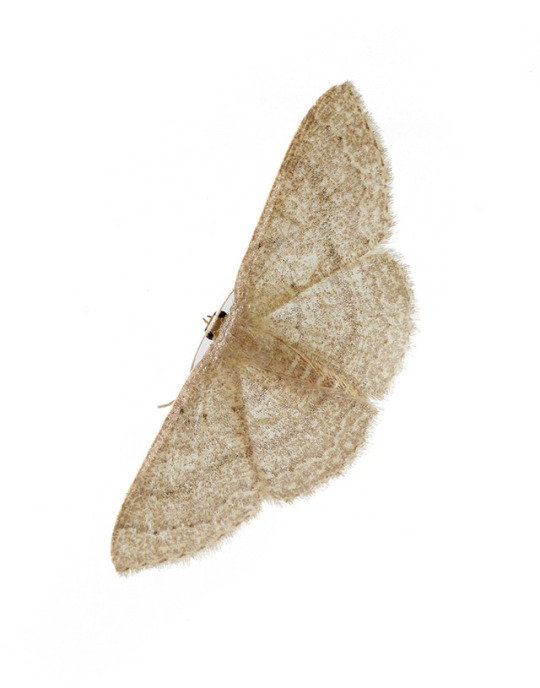

Trying something different with this Two-sided Moth Project.
Pleuroprucha insulsaria / Common Tan Wave (7132)
#pleuroprucha insulsaria#common tan wave#geometroidea#geometridae#sterrhinae#cosymbiini#moth#lepidoptera#insect#new jersey#middlesex county#two sided moth project#dorsal#ventral#photographers on tumblr#original photographers
85 notes
·
View notes
Photo
It’s hard to believe that this is a moth and not a butterfly. The diversity of forms among moths makes them endlessly fascinating.
Also, the fate of this species — loss of habitat leading to extinction — is all too familiar.

Sloane’s urania (Urania sloanus) was a day flying moth endemic to Jamaica. Its stunningly bright colors served as a warning to potential predators that it was toxic.
This beautiful moth’s food sources were eliminated as land was cleared for agriculture, which led to its extinction a mere 100 years after its discovery. It was last seen in the 1890′s, but may have survived until the early 1900′s.
#Sloane's Urania#Urania sloanus#Urania#Uraniinae#Uraniidae#Geometroidea#Lepidoptera#Insecta#Hexapoda#Arthropoda#insects#moth#extinct species#Jamaica
269 notes
·
View notes
Photo


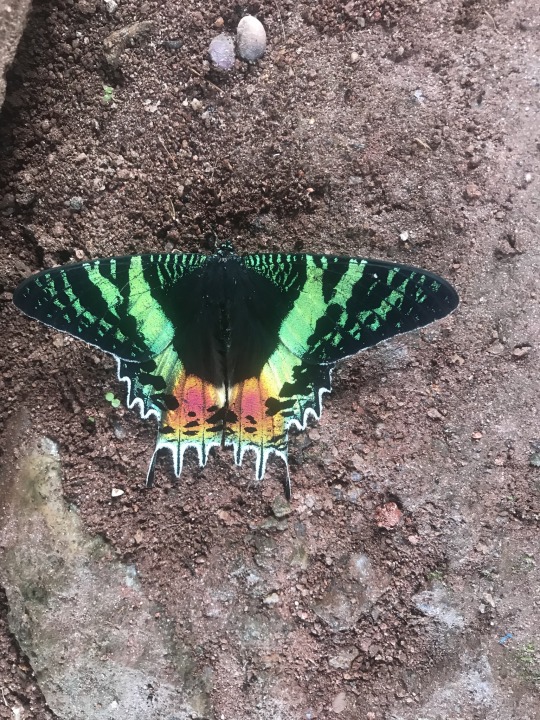


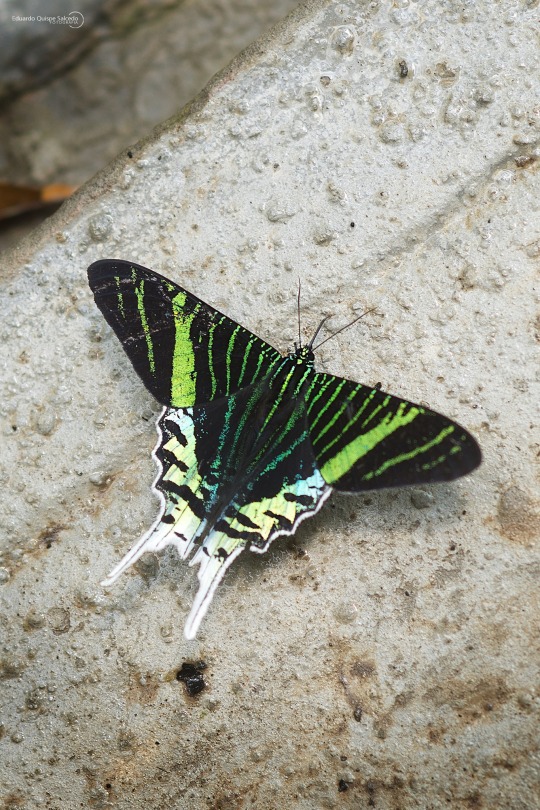
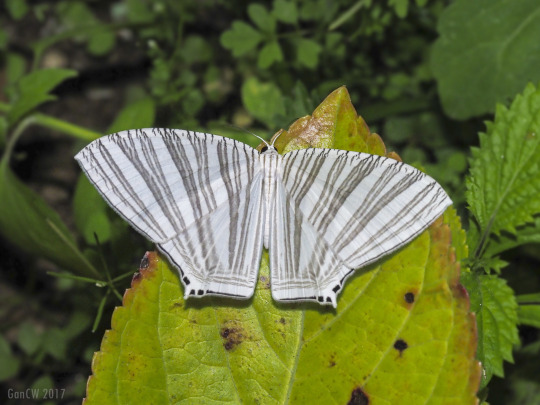



Swallowtail moths in the family Uraniidae, Geometroidea
1. Urania Swallowtail by David Reed
2. Lyssa menoetius by wyattherp
3. Madagascan sunset moth by jnicolas
4. Epiplema fulvilinea by ivijayanand
5. Acropteris rectinervata by flyingswallow123
6. Green-banded urania by eduardoquispesalcedo
7. Strophidia caudata by gancw1
8. North Queensland day moth by paluma
9. Tropical swallowtail moth by jacky2
10. Europlema desistaria by ivijayanand
#animals#insects#bugs#moth#swallowtail moth#urania swallowtail#green banded urania#madagascan sunset moth#north queensland day moth#tropical swallowtail moth#one nice bug
1K notes
·
View notes
Note
:0 a moth if your up for it?
your icon reminds me of pink and yellow moths such as:
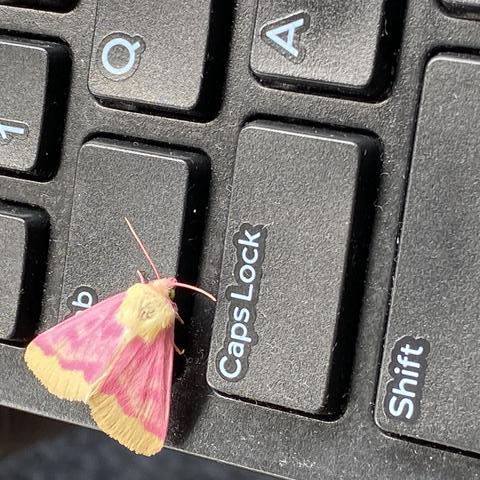
the primrose moth (Schinia florida),
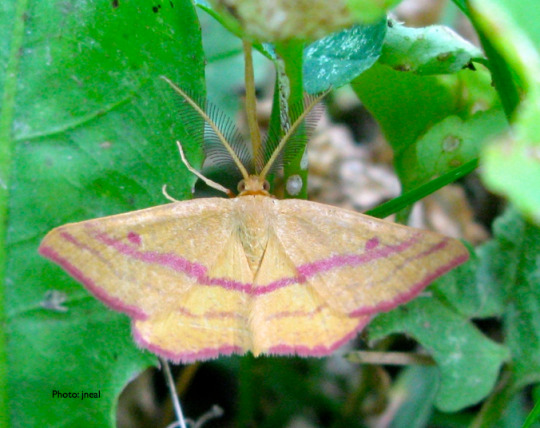
chickweed geometer (Haematopis grataria)

and the pink prominent moth (Hyperpax aurora)
but you blog feels similar to moths such as:

the brimstone moth (Opisthograptis luteolata),

black-veined yellow moth (Siona lineata),
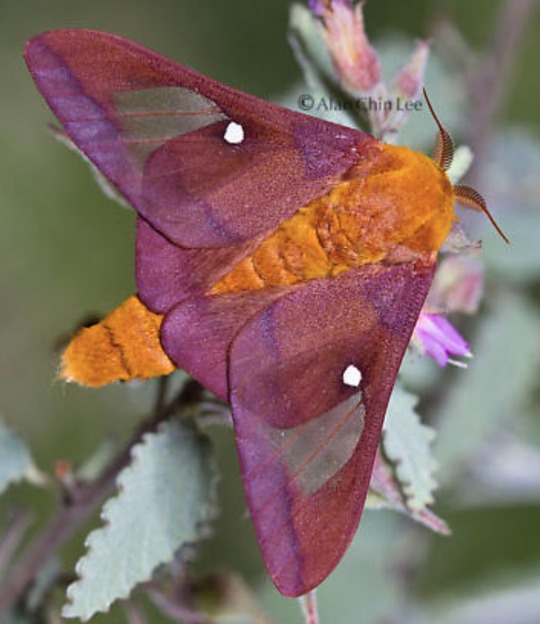
or pink-striped oakworm moth (Anisota virginiensis).
for some reason, even though i think of pale colors with you, a lot of the moths that remind me of you are saturated in color? lots of pink and yellows too. i wonder why.
there are 44 families of moths, split into 23 superfamilies!
the moths listed are distributed among 3 superfamilies! the noctuoidea superfamily (primrose: noctuidae family, pink prominent: notodontidae family) holds 52,000 species in its 8 families, geometroidea superfamily (chickweed geometer, brimstone moth, and black-veined yellow moth, all in the geometridae family) holding almost 22,000 species in two families [21,000 of which belong to the geometridae family], and the bombycoidea superfamily (pink-striped oakworm: saturniidae family) which holds 3,400 species in its three families.
all in all, there are believed to be approximetly 160,000 species of lepidoptera (many of which are currently undescribed!) with moths being most of them and butterflies supplying the rest.
there are actually few practical differences between moths and butterflies: while traditionally we say butterflies are diurnal, have clubbed antenna, colorful wings held up a certain way, as we discover more and more lepidoptera it becomes clear things arenʻt that simple. you could say butterfly features are just traits that certain moths adopt, some to greater extent than others. its a manmade category, not a natural one.
sources:
https://www.butterfliesandmoths.org/species/Schinia-florida
https://livingwithinsects.wordpress.com/2011/07/21/chickweed-geometer/
http://mothphotographersgroup.msstate.edu/species.php?hodges=8022
http://blogs.reading.ac.uk/whiteknightsbiodiversity/campus-species-lists/animals/insecta-insects/lepidoptera-moths/moth-gallery/1906-brimstone-moth/
https://www.learnaboutbutterflies.com/Andes%20-%20Pachydota%20nervosa.htm
https://bugguide.net/node/view/1578866
6 notes
·
View notes
Text
Inch Worm

(pic - https://www.google.com/url?sa=i&rct=j&q=&esrc=s&source=images&cd=&cad=rja&uact=8&ved=0ahUKEwjS7ISXr4jTAhVMMyYKHVL7AM8QjhwIBQ&url=https%3A%2F%2Fwww.youtube.com%2Fwatch%3Fv%3Dw9rBK5akmJI&bvm=bv.151325232,d.eWE&psig=AFQjCNE6z5CsI9_F_MmvoGD361bnw3-2Aw&ust=1491311648041536 )
We all know what this is, well most of us should. Its an inchworm, or a soon to be geometer moth, Geometridae. An inchworm is just the larvae of a moth it will soon grow to be. they are around an inch long (obviously!) and are green, they only have a few legs instead of hundreds like a caterpillar
Taxonomy:
Kingdom Animalia Phylum Arthropoda Subphylum Hexapoda Class Insecta Order Lepidoptera Superfamily Geometroidea Family Geometridae
Here’s an exploding inchworm (dont worry this wont really happen)

Their main habitat is the same as their food source: the foliage of woody shrubs and trees. Most of all inch worms eat some variety of fruits, leaves or vegetable matter, but the cankerworm feeds on the fruit and foliage of a variety of trees including apple, oak and sweetgum. An inchworm's life span is generally a year, but the timing of his development depends on whether he's a spring worm or a fall worm. The fall inchworm emerges from his pupa in late fall. If the emerging moth is female, she'll walk up a tree and wait for a winged male to mate with. After mating, she'll lay her eggs, often around small tree branches, which will hatch in mid-spring.
Fun Fact:
Inchworms actually have an exercise called the inchworm named after them.

well something like that
5 notes
·
View notes
Text
Preliminary investigation of the literature during a slow point at the desk seems to suggest the answer to ‘how do you do phylogenetics to a family this size’ is ‘you do your best, man’. The best phylogenies of Geometridae (all performed in the last five years) sample around 1,100 species, give or take a few dozen. This would be an incredibly high-powered analysis for like any clade other than Insecta, but in this context still seems sort of woeful. And in fact the inability of some of the phylogenies I looked at to resolve whether Sterrhinae is sister to all other geometrid subfamilies or whether it and Larentiinae are sisters to the rest of Geometridae despite the sample size is a Big Oof. (I do wish these authors would like, give a count of species sampled per subfamily & tribe. Or a count per relevant geographic region? So I have a sense of how widely you sampled?) Still it seems very difficult to be an insect taxonomist of any kind. I can only imagine it’s worse in Coleoptera. Like... holy shit, man. Over a thousand moths sequenced only for the subfamilies to not resolve clearly. That’s literally so much fucking work do you guys have any idea how much fucking work that was
My one PhyloCode friend remains a nerd of the first degree and I cede him no ground, I like the standardized nomenclature of ranked taxa, but I do see that ranked taxonomy is kind of throttling the granularity of the clades here. Like, Geometridae is in fact monophyletic; as an umbrella clade it is useful and valid. And you can’t elevate Geometridae’s subfamilies to families without obscuring the relationship between Geometridae and its sister families in Geometroidea, because there is no established clade level between family and superfamily that you could elevate Geometridae to. But it’s an absolute monster of a family still. There are too many of them. We should normalize unranked taxonomy but only for Insecta. This will make nobody happy and everything worse
No, wait, I take that back. I thought about it and I do care actually. I need to know more about the phylogenetics of Geometridae. How the fuck do you even do phylogenetics to a family twenty-three thousand members strong. Do you just work within the subfamilies and tribes?? What kind of sample size do you need for stuff at the family level??? How do you sample??? No. I gotta look this one up. Brain melty tonight but I’m sticking a pin in it. Gonna read some moff papers for methodology
#i love that one of geometridae’s apomorphies [specialized physiological traits unique to a group] is ‘inchworms’ 😭#like there’s a physiological reason the caterpillars do that — theyre missing a bunch of their middle legs — which is the apomorphy#but it works out to one of the unique features of geometridae being: the caterpillars are goofy lil fellas#laurelnose.txt#poasts with an audience of 1
6 notes
·
View notes
Photo

Another caterpillar on Poinciana; Different species
Copying the stem mimicry from the Poinciana loopers.
Unidentified, tribe Boarmiini
Foodplant: “Flamboyant / Poinciana” Delonix regia
05/06/22
#Boarmiini#inchworms#Unidentified#Ennominae#Geometridae#Geometroidea#lepidoptera#Lepidopterology#poinciana#Arthropods#Arthropoda#entomology#bugs#bugblr#bugs tw#insects#insecta#insectblr#insects tw#insect#nature#animals#life
27 notes
·
View notes
Photo
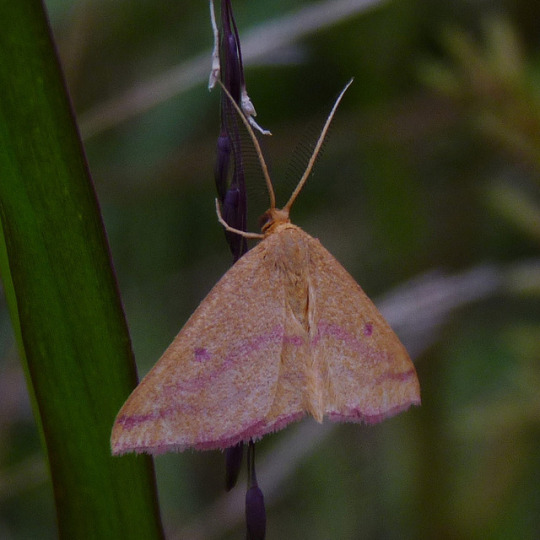
Chickweed Geometer, Haematopis grataria (by me)
#Chickweed Geometer#Haematopis grataria#Haematopis#Timandrini#Sterrhinae#Geometridae#Geometroidea#Lepidoptera#Insecta#Hexapoda#Arthropoda#moth#insects#summer#Ayres Beach#Highland Park#Middlesex County#New Jersey#mine
11 notes
·
View notes
Photo

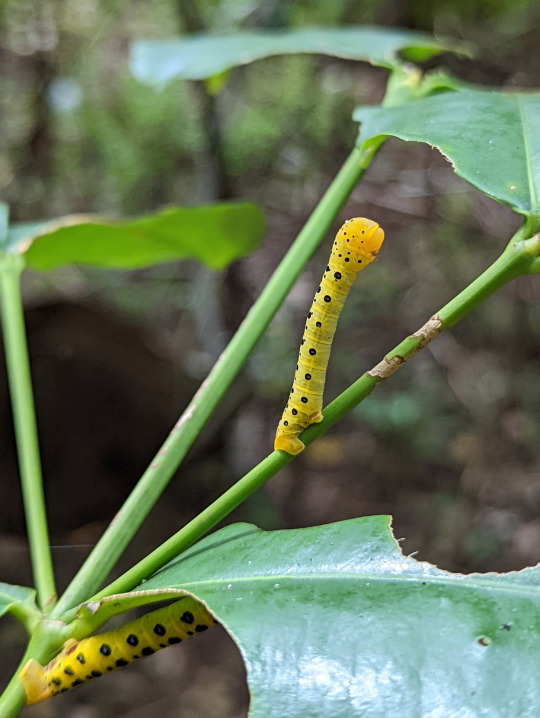
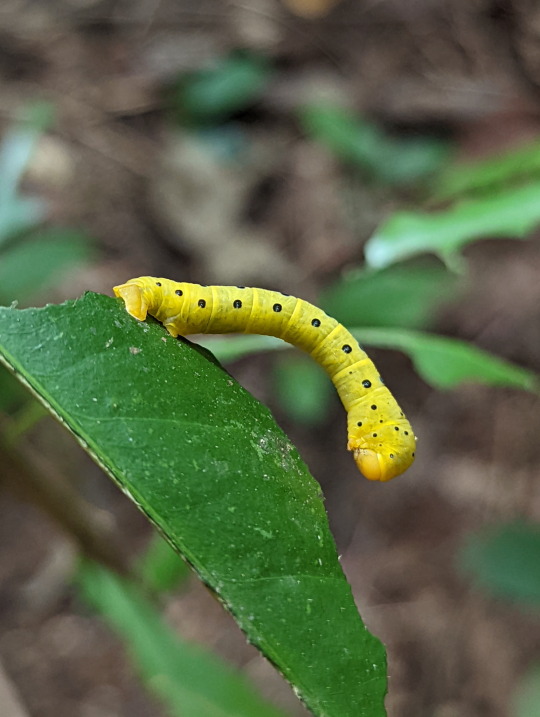



Four o'Clock Moth Caterpillars
An iconic species to this region.
Dysphania numana, “Four o'Clock Moth”
Foodplant: Carallia brachiata
15/06/22
#Dysphania numana#Four o'Clock Moth#Dysphania#Dysphaniini#Geometrinae#Geometridae#emerald moths#inchworms#caterpillars#larvae#larval stage#larva#Geometroidea#Carallia brachiata#lepidoptera#Lepidopterology
23 notes
·
View notes
Text
Cómo conseguir una cita con chica que te gusta - Explosivos Consejos Usted no querrá perderse!
El fracaso es una situación en la que no podemos alcanzar nuestras metas. Todos fallamos en algún lugar en nuestras vidas, pero este no es el "ser y el fin". Todos sabemos que "los fracasos son los pilares del éxito". Por lo tanto, no debe ser failures.Instead temo que debe pasar a aprender algo de nuestros fracasos. Debemos saber cómo controlar los errores en cómo manejar el fracaso determina su grado de éxito y felicidad en la vida. Los emprendedores exitosos y de alto rendimiento han fallado muchas veces más que los que se quedan media, debido a que estaban dispuestos a ir a través y aprender de cada fracaso. Con el fracaso viene experiencia. Con la experiencia viene la sabiduría, carácter y fuerza. Tienes que saber que no reconozcan el éxito. El fracaso no significa que usted es un fracaso, significa que usted no ha logrado todavía. El fracaso no significa que haya logrado algo, significa que has aprendido algo. El fracaso no significa que haya sido un tonto, significa que tenía mucha fe. El fracaso no significa que se han caído en desgracia, quiere decir que estaban dispuestos a intentarlo. Si no, no significa que no lo tiene, significa que tienes que hacer algo diferente. El fracaso no significa que son inferiores, significa que no son perfectos. El fracaso no significa que has desperdiciado tu vida, significa que tienes una razón para comenzar de nuevo. Si no, no significa que debe darse por vencido, esto significa que usted debe esforzarse más. Si no, no significa que nunca lo hacen, significa que va a tardar un poco más. Si no, no significa que Dios te ha abandonado, significa que Dios tiene una idea mejor!
http://thinkquest.org
24 notes
·
View notes